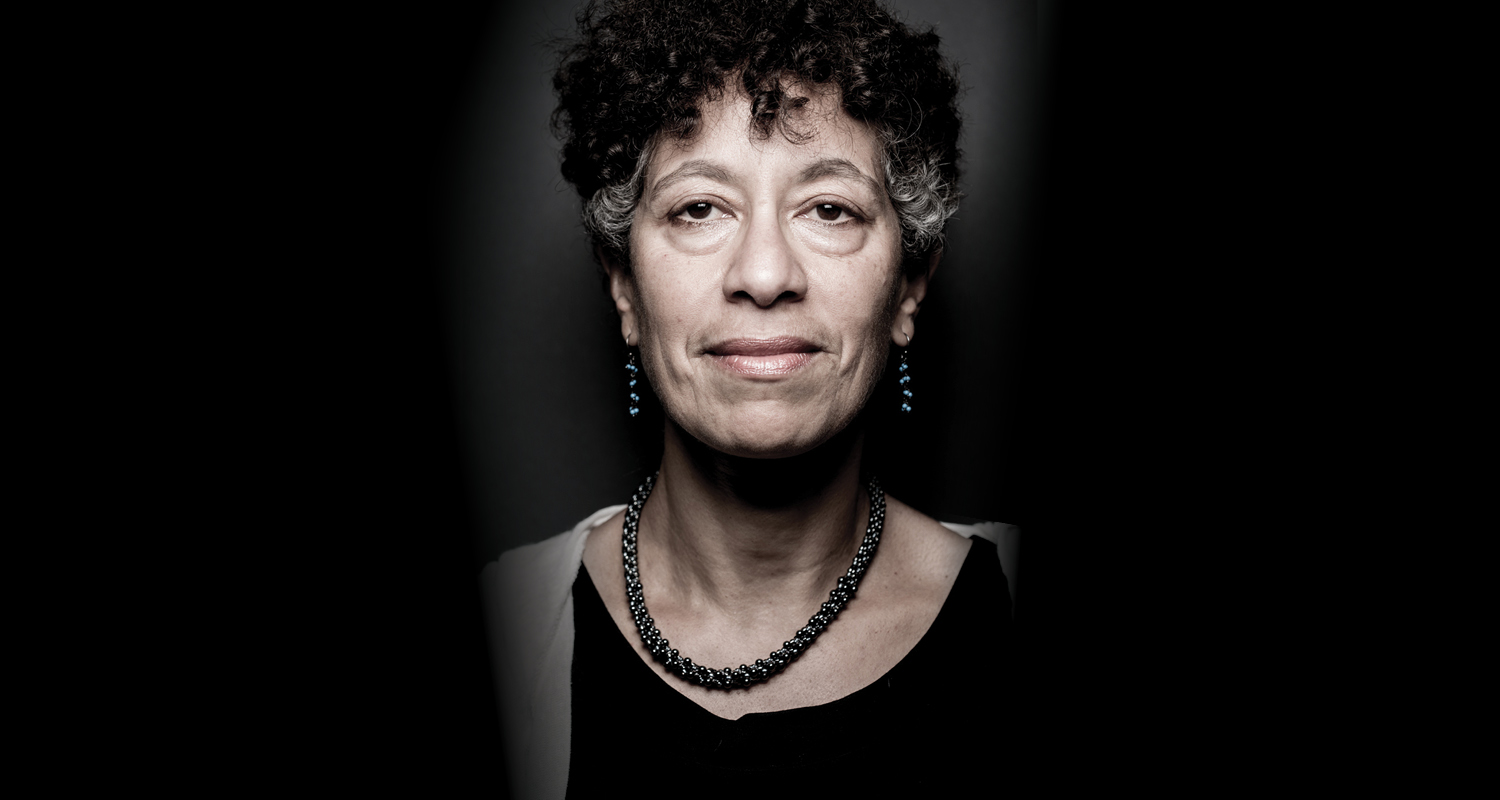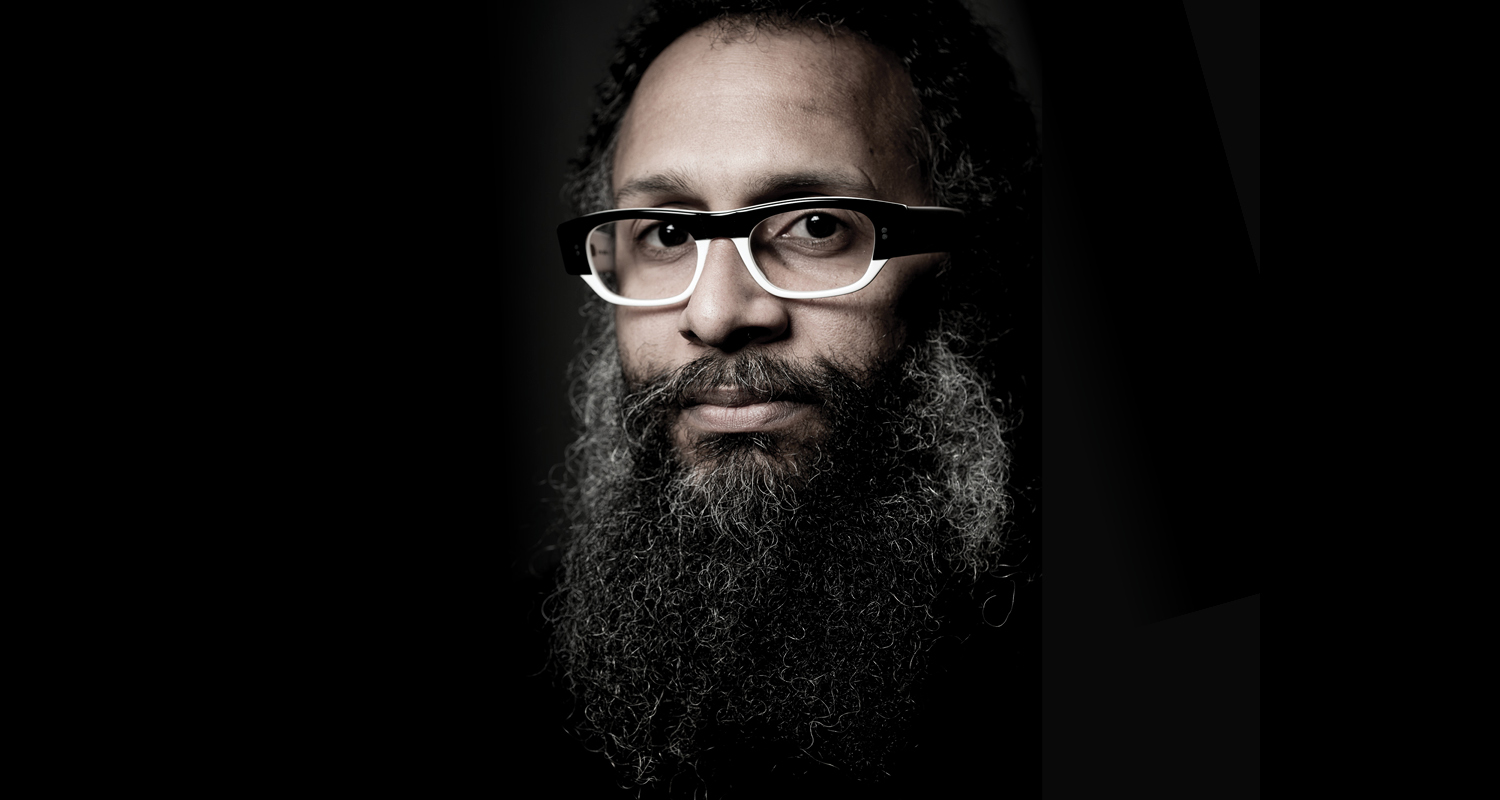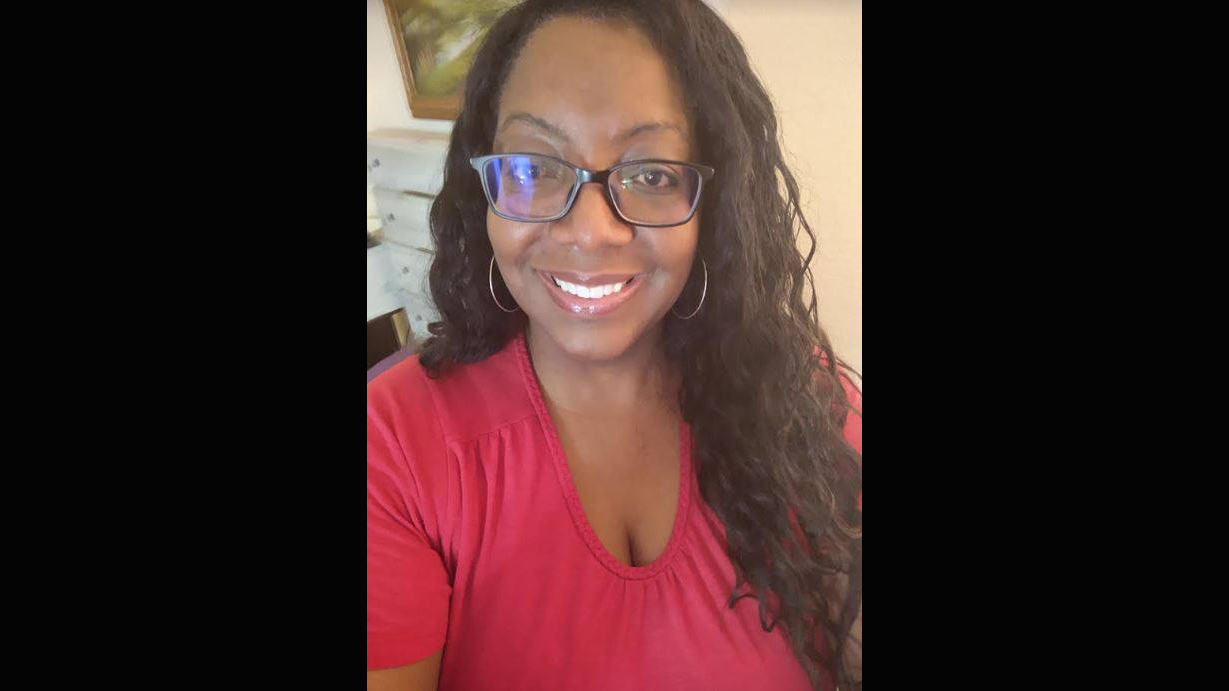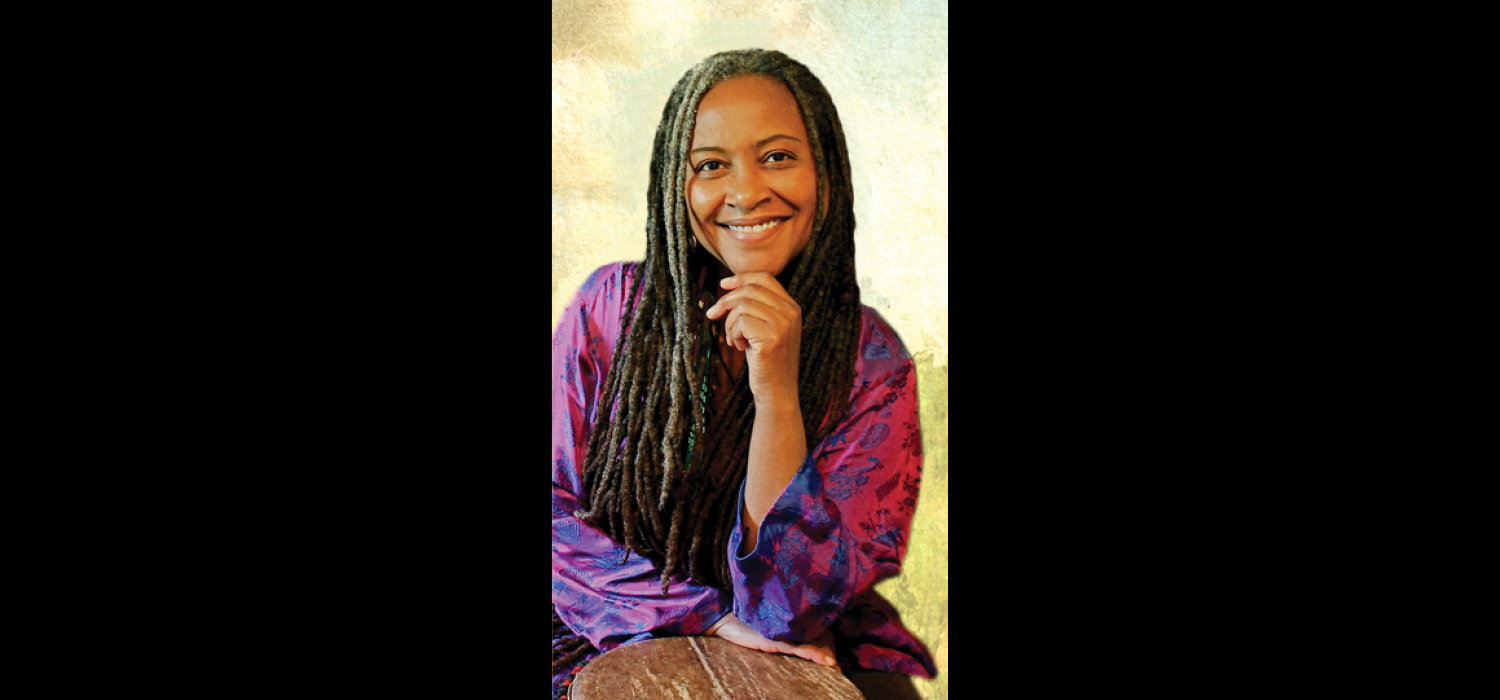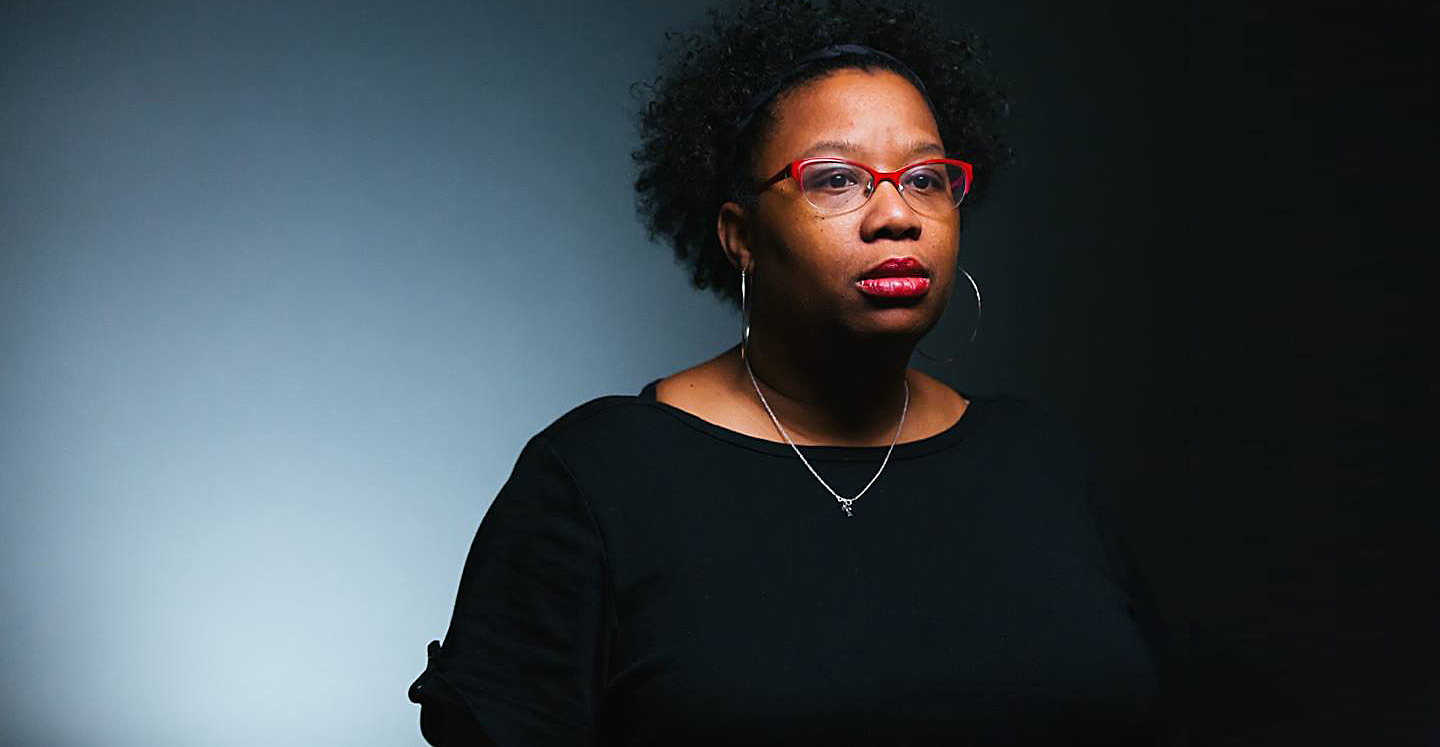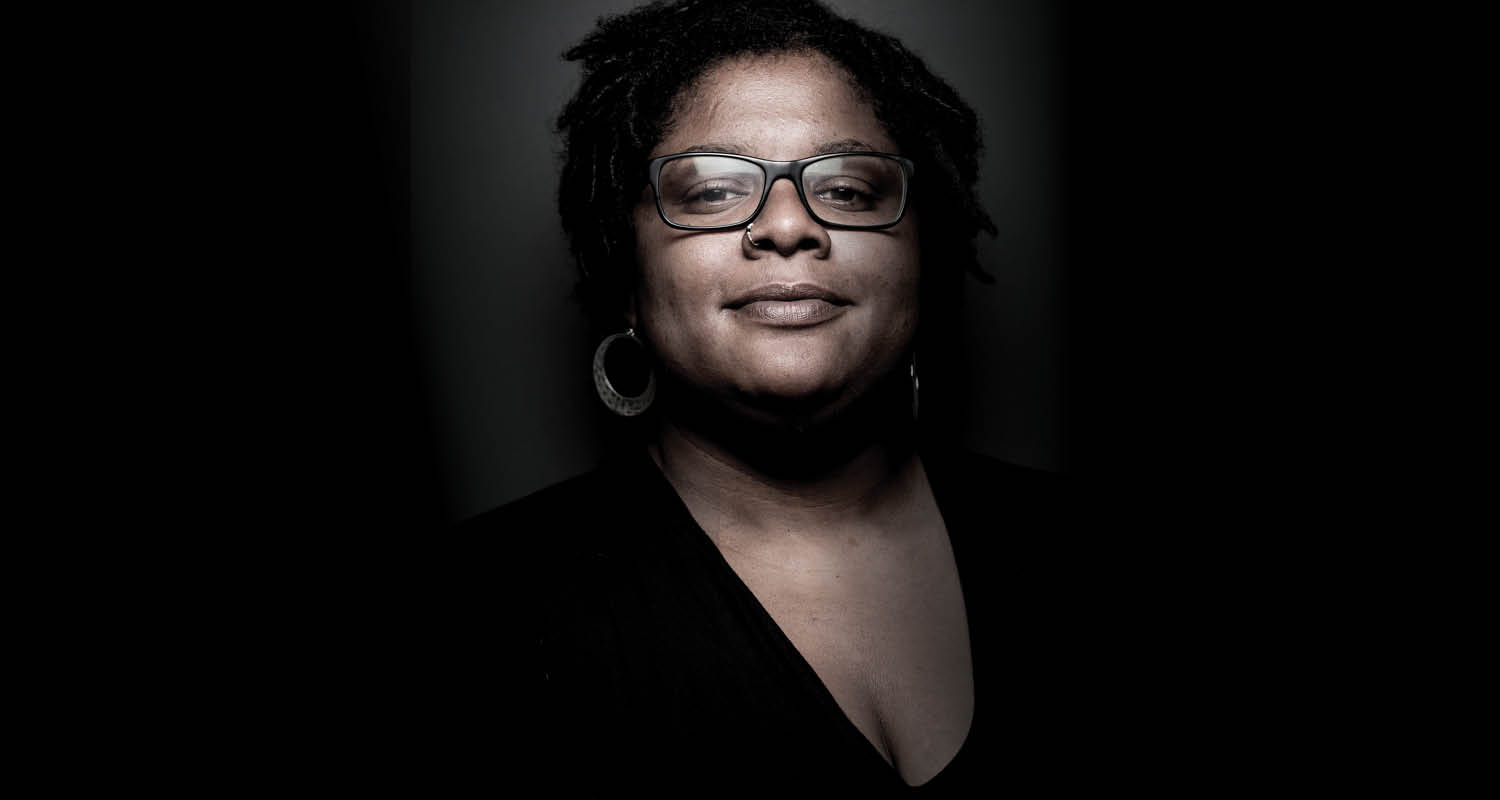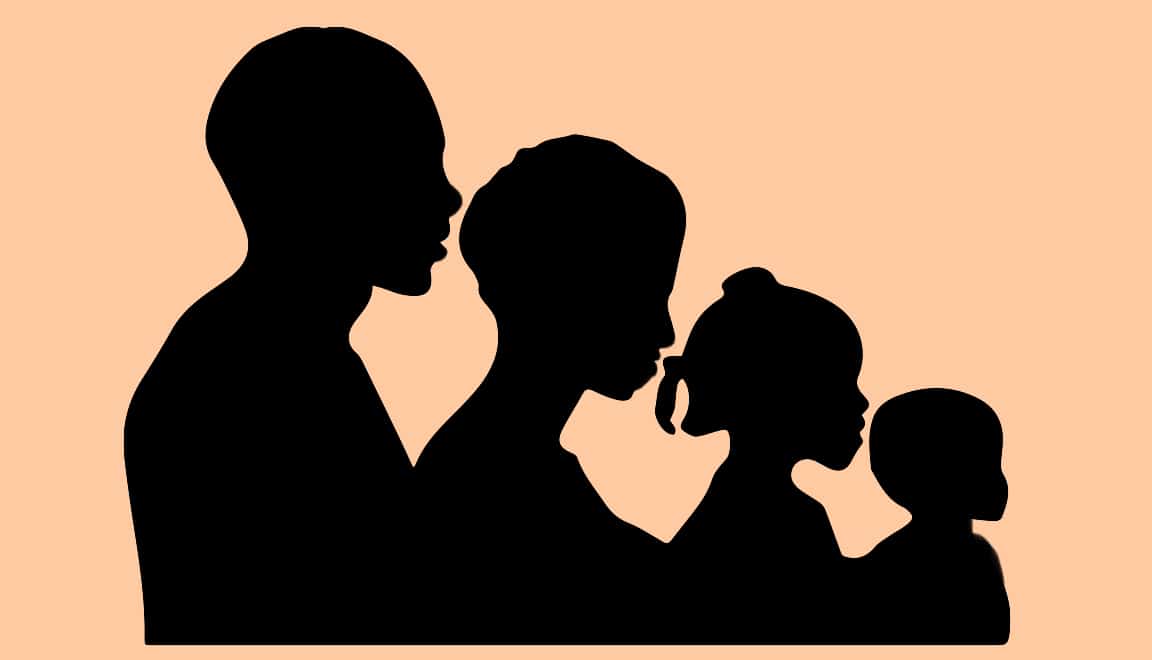I walk up to the reception desk at Albany Medical and say, “I have COVID.” I do not say, “I think I have COVID,” because at this point I am certain.
Continue readingSacred Black Space
TMI Project’s Black Stories Matter program is a sacred space. Sacred is the only word that comes close to describing how it feels to me. This is in part due to it being a space for people to be vulnerable, to share their truths and their stories. But, more than that, it is Sacred Black Space, of which there are too few.
Continue readingBenny Eichert
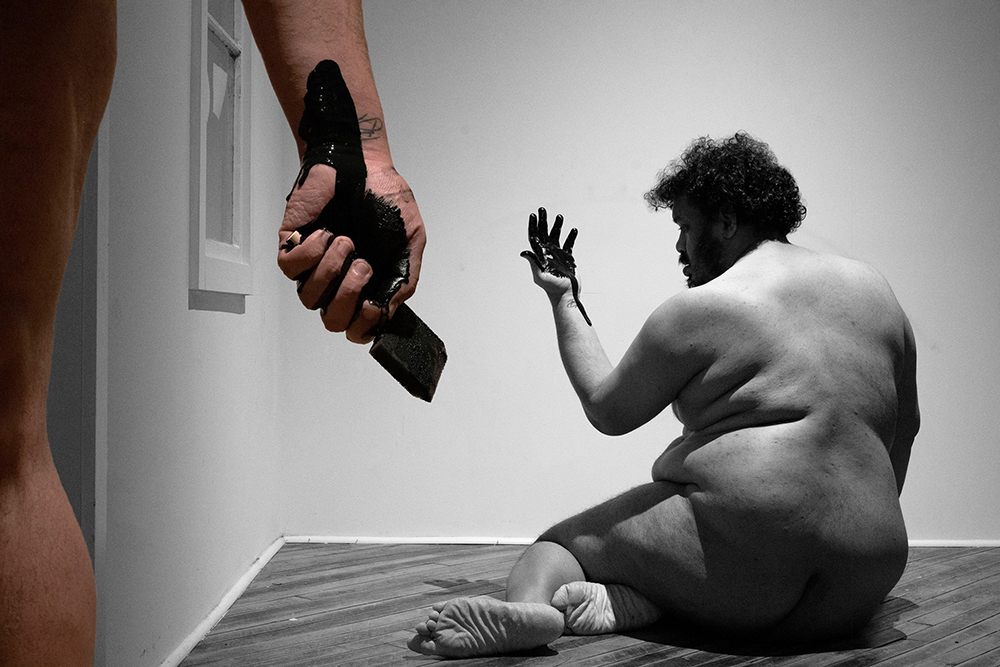
“Why do I still feel like a fraud? Like I don’t belong. Like I’m not black enough.“
Racism has been a big part of my life, I just never acknowledged it. I hate stuff like this. It makes me uncomfortable, as I’m sure it makes a lot of us. It’s easy to make excuses and look away. But something this morning is calling me to confront this feeling. Two more lives were lost. Another black man and another black woman to add to a huge list of those taken by people who are supposed to protect and serve us. There is something wrong with America. And it’s not just COVID 19. Racism has been here for a lot longer.
A year ago, I did a DNA test. I read it and was stunned. I’m 1/4 Portuguese and 1/4 Spanish. I’m 27.1% African from Northern and Western Africa. Why do I still feel like a fraud? Like I don’t belong. Like I’m not black enough.
I was adopted by two Caucasian people. I was told I was Hispanic and Italian. I don’t blame them for this misinformation. It’s very possible that my biological mother, whom I never met, didn’t know who my father was. I had 6 other adoptive siblings. Five were African American. I never felt I belonged. But, we all dealt with a lot of racism early on.
I was called a Spic and nigger in first grade.
I was told my real parents didn’t love me.
I was targeted by teachers and classmates because of my white parents.
I had a barber tell me that he didn’t have clippers for “my type of hair.”
I was looked at differently because of my color.
I feel a pain in my heart. A chill in my skin. I can’t describe it. I reach down at my chest where my heart is and feel something wet and warm. I raise my hand and see pain and hurt. It is like a dark moonless night. I don’t know why I thought if I ignored it long enough eventually I would be okay.
My art has called to me to create from this pain. It is one place I cannot hide what I feel. My art is real, honest and painful. Sometimes I hate it for this reason. But, my art has led to such growth in my life. It’s an outlet where I can say I am sorry to the younger version of myself for not validating this pain. I am sorry for not acknowledging my place in this fight.
I am a puzzle with a lot of different pieces.
I am Portuguese, I am Spanish and……
I am Black.
This story was received as an online submission.
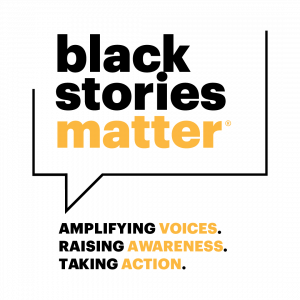
Want More Black Stories Matter Content?
Stories have the power to increase visibility, raise awareness, change people’s hearts and minds, and inspire people to take meaningful action. We are making every effort to ensure all of our Black Stories Matter content is easily accessible, widely consumed, and is accompanied by tools to deepen the impact.
Listen: The TMI Project Story Hour, Season Two: Black Stories Matter, launches this fall. Learn more and subscribe to our podcast HERE
Host: a Black Stories Matter viewing party and discussion from anywhere in the world. Click HERE to learn more and sign up.
Share: TMI Preoject’s mission with Black Stories Matter is to elevate the underrepresented stories of the Black experience in America – the full spectrum – the triumphs, humor, beauty, and resilience. Click HERE to submit your story to be featured on the TMI Project blog.
Jaggar Harris
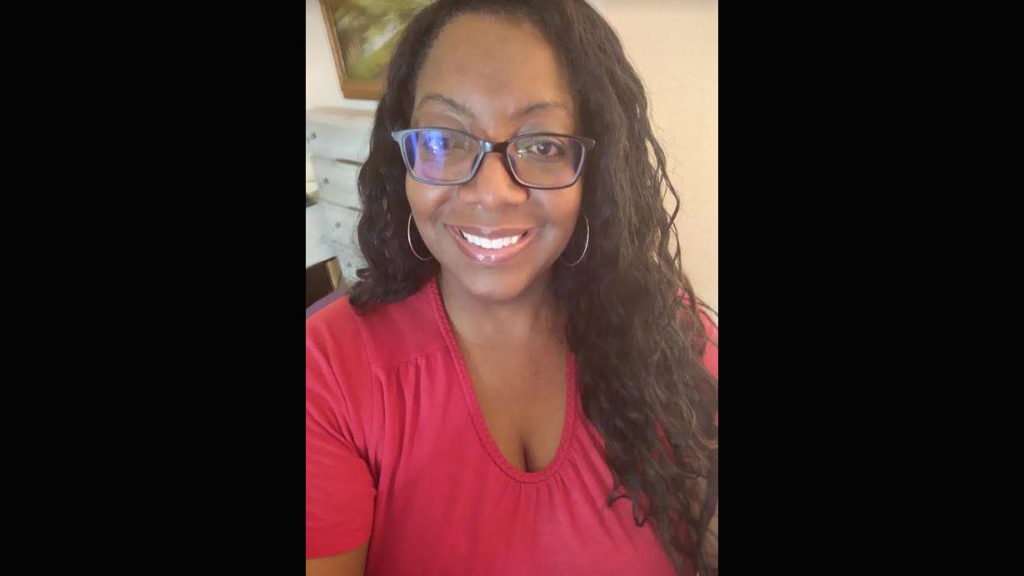
“The American dream — the dream that makes you believe you can have equality and the same opportunity available to any American — is a nightmare for me because I’m Black.”
After watching the horrifying and brutal killing of George Floyd on national TV I cried. I was deeply sickened. I wanted to do or say something that would help others understand what it’s like to be Black in America because racism not only exists in the police departments, the criminal justice systems and the government, it exists in the workplace too.
During my eighteen-year career in higher education, which spanned from 2001 to 2019, I was the victim of racial discrimination four different times by three different employers in four different cities in the states of Colorado and California. The American dream — the dream that makes you believe you can have equality and the same opportunity available to any American — is a nightmare for me because I’m Black.
The first time I was discriminated against was in 2001. I was terrified and didn’t know what to do. My friends said, “Don’t fight. You’re just one person and nothing you do will make a difference.” My family said, “Don’t fight because if you make waves you’ll lose your job.”
But after years of being harassed, humiliated, and stripped of all dignity, confidence, and strength over and over again, I stopped hearing everyone around me and started listening to God. God inspired me to speak my truth no matter how painful it was and to do my best to prevent others from experiencing the devastation to their lives and careers that I had painfully endured.
I fought back against the first employer and each subsequent employer. When they realized that I had documentation that could prove the severity and frequency of the discrimination I endured, each one paid me hush money to buy my silence and hide the racism in their organizations. They also blackballed me from the industry that I loved, in the city that I worked, so I was forced to relocate and start over. Each time, I moved to a different city hoping to get hired by a company that was free of racism and, sadly, I found that in America no such place exists.
I’m tired. My battles against racism in the workplace that I have been forced to fight for the last eighteen years have left me broken, traumatized, and emotionally spent. At 52 years old, I’m getting too old to keep starting over. Even worse, I’m witnessing my children, who are now all grown up with careers of their own, suffer the same fate and it’s heartbreaking. It’s heartbreaking.
I share my story about fighting back, not only to help me deal with the trauma of racial discrimination, but also in hopes that it will make a difference, for my children and others.
This story was received as an online submission.

Want More Black Stories Matter Content?
Stories have the power to increase visibility, raise awareness, change people’s hearts and minds, and inspire people to take meaningful action. We are making every effort to ensure all of our Black Stories Matter content is easily accessible, widely consumed, and is accompanied by tools to deepen the impact.
Listen: The TMI Project Story Hour, Season Two: Black Stories Matter, launches this fall. Learn more and subscribe to our podcast HERE
Host: a Black Stories Matter viewing party and discussion from anywhere in the world. Click HERE to learn more and sign up.
Share: TMI Preoject’s mission with Black Stories Matter is to elevate the underrepresented stories of the Black experience in America – the full spectrum – the triumphs, humor, beauty, and resilience. Click HERE to submit your story to be featured on the TMI Project blog.
A Q & A with Nationally Recognized, Visionary Musician, Drummer, and Poet Ubaka Hill
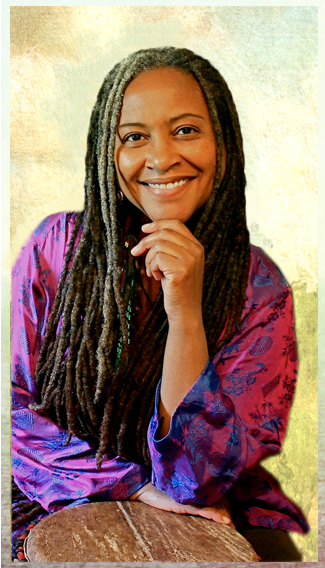
TMI Project recently had the opportunity to interview the nationally recognized musician, drummer, poet, master teacher of hand drumming, and 2019 Agent of Change honoree Ubaka Hill.
Ubaka Hill (she/her) has been a performer of percussion, poetry, and song for over 30 years and a teacher of hand drumming for over 25 years. She is the visionary founder of the Million Women Drummers Gathering Global Initiative and the founder and curator of The Drumsong Institute Museum & Archive of Women’s Drumming Traditions of women’s folkloric and contemporary drumming. She is also one of three Agent of Change honorees at TMI Project’s 2019 Voices in Action: Benefit & Storytelling Showcase. Read on for our Q & A with Ubaka.
“It was during this “coming of age” where I awakened to being a Woman, a Black Woman and the role I have in representing myself and all of us. My Pride deepened as a Woman of Color and as a Lesbian which required self-honesty, deep healing, and unpacking internalized racisim, sexism, classism, and homophobia through self-love and acceptance.”
TMI PROJECT: What does being honored as a TMI Project Agent of Change mean to you?
UH: Being an Agent of Change honoree lets me know that my creative service and activism (artivism) in local and national communities are recognized and appreciated by TMI Project; that my visionary work and achievements of over 30 years matter and are worthy of public recognition. This honor will also show the importance of the arts and of artists as influencers, leaders, and activists (artivists) in the movements of social change.
TMI PROJECT: What would you say most motivates you to do what you do? What are you most excited or passionate about? What are the goals you most want to accomplish in your work, the goals you hold personally?
UH: I know that I have the power to encourage and inspire positive social change through the power of music, art, and spoken word.
My biggest personal goal is to inspire another generation to use the power of their creative intelligence to make positive changes that are impactful and sustainable. I am either in the planning stages of or actively working on so many other projects: I plan to produce a few more CDs, to write a historical book and presentation about the ancient and emerging Women’s Drumming Traditions; and I am working on a music video called “She Who Rises”. I am also an oil painter and would like to continue to produce my art as prints and note cards, just to name a few.
TMI PROJECT: Did you have any life-changing experiences that put you on the path that led you to be doing what you’re doing today? Tell us about them.
UH: I was born in the Bronx, NY in 1956 a Brown-Skinned African American Woman. From my youth into early adulthood years I lived in Jersey City, NY. I’ve had life-changing experiences throughout my life, and I continue to have them.
I was a child during the timeline of MLK and MX, Angela Davis and James Brown and many others who are historically noted and not noted. As a 13-year-old, I was aware of the Civil Rights Movement and the violence and devastation from the organized forces pushing back against change. The riots were in my neighborhood, on my block, and on TV. I was also aware that many White families, friends and business owners were afraid. I did not yet have the political acumen to understand what was going on and why. I felt helpless, afraid, and confused. I wasn’t sure if things would get better but I held that possibility in my heart.
By High School, I learned that Black people were systematically mistreated, disrespected and oppressed by racist white people who didn’t like us, who didn’t want us to have equal rights, who didn’t want us in their neighborhoods or to go to schools with their children. I learned that my family came from Africa as slaves held captive by white colonizers, missionaries and global capitalists. The Black Panther Party was very active during this time, and it was also a time of my own political awakening grounded in art, poetry, music, graffiti, novels, dance, and theatre.
By the time I was 17, I knew that I wanted to be part of the movement for positive change, equal rights and justice for “my people” because I was afraid and I was heartbroken and I knew that life had to better for us. I also knew that non-violence was my way of influencing change and that art and creative expression was my medium. I was 13 when I was presented by my art teacher with my name Ubaka.
At 17 I met a woman drummer for the first time named Edwina Lee Tyler. She made a great impression on me. Here was a woman drumming on the Conga Drum and later an African Djembe. I had only ever seen men drumming. Seeing her gave me permission to drum as a girl. During this period of time, I helped to form an ensemble of musicians for positive social change. We called the group the Spirit of Life Ensemble. I played jazz on my Conga with a lot of great Jazz musicians like Daoud Williams, Calvin Hill, Pharaoh Sanders, and Joe Lee Wilson to name just a few. I was the youngest member and the only woman for many of the 8 years that I was a core member. This is where I learned to drum and I experienced the power of music and the arts in the movement of social change.
By my early 20’s I legally changed my name to Ubaka, and moved to Brooklyn where I “came of age” again as a Black African American Woman, Lesbian, and artist. It was in Brooklyn where I learned to Drum like a powerful Black Woman with a cause. It was there in Fort Greene Brooklyn where I learned and witnessed the beauty and passion of Black Women’s art, music, storytelling, body, adornment, and creative self-expression. It was there and then where I sat in the audience of and around the kitchen table of Audre Lourde, Nikie Giovani, Pat Parker, Edwina Lee Tyler, Sapphire, The Women of the Calabash, Jewel Gomez, and Sonia Sanchez and so many more artists and activists. My Pride deepened as a Woman of Color and as a Lesbian which required self-honesty, deep healing and unpacking internalized racism, sexism, classism, and homophobia through self-love and acceptance.
During my time living and growing upwards in Brooklyn, I learned what it meant to be a feminist. In addition to Edwina, there were many Women that were an inspiration who influenced me and had a positive impact on me in different ways: Dorothy Stoneman, the founder of the Youth Action Program / Youth Build USA; Lisa Vogal, founder of the Michigan Women’s Music Festival; Maya Angelou; Harriet Tubman; Oprah Winfrey; Vicki Noble, Author / Motherpeace; Audre Lourde; Madeline Yayodela Nelson, founder of Women of the Calabash; Kay Gardner, Musician/Composer; Elizabeth Lesser, founder of Omega Institute; and Bev Grant; Musician /Artivist of the Human Condition; Eve Ensler and Holly Near. What all of these women have in common for me is that they went big with their visions for healing and progressive change. They did with self-permission and courage while pioneering new pathways for peace and dignity.
My life changed when I embraced the fact that all women and girls are targets of systematic, organized patriarchal oppression and violence. I became acutely aware that our collective, worldwide oppression is the common drive that powers our collective movement for our human rights. Teaching drumming to women has informed the focus of my teaching over the years. I’ve deepened my research and added more knowledge about women’s drumming traditions and drumming as a healing tool. In addition to teaching women how to play and to play the rhythms and music, I included drumming as a healing modality and healing circles, tools for personal transformation, encouraging joy, wellness, and building community.
I would have to write a book to speak about the influences of the Women that I have mentioned. There are also men who have inspired my coming of age and that had a very positive life-changing impact on my development as an artist and activist. Nelson Mandela, Sun Bear, Baba Olatunji, Daoud Williams, Cliff Watson to name a few. What all of these Women and Men have in common for me is that they went big with their big vision for radical progressive change not just for themselves but for the greater good of many.
TMI PROJECT: What’s next for you in your work in our Hudson Valley community? What are you looking forward to?
UH: In 2010 I was called by a vision to focus on being active in the environmental sustainability cause from the point of view as a drummer, a consumer of wooden musical instruments made from trees and I founded the Million Women Drummers Global (MWDG) Initiative. I’m now focused on the ongoing development of the (MWDG) Initiative, which includes collaborating, partnerships and community organizing to plant trees and play music together locally. MWDG also includes information, mindfulness, and consciousness-raising to influence a “new mindful model” for a sustainable future and to increase the number of trees in our neighborhoods for environmental and health benefits.
I’m also looking forward to working with the Center for Creative Education as the Music Director of the Percussion Orchestra of Kingston (P.O.O.K). I’m excited to build upon the long legacy of founder Ev Mann and to continue to teach and feature the creative intelligence of children and youth of Kingston. To create a model of art education and socially responsible mindfulness and leadership through creative self-expression, self-development and community involvement.
Black Stories Matter in Academia: My Journey from the Projects to NYU
Tameka Ramsey (she/her), Black Stories Matter program director
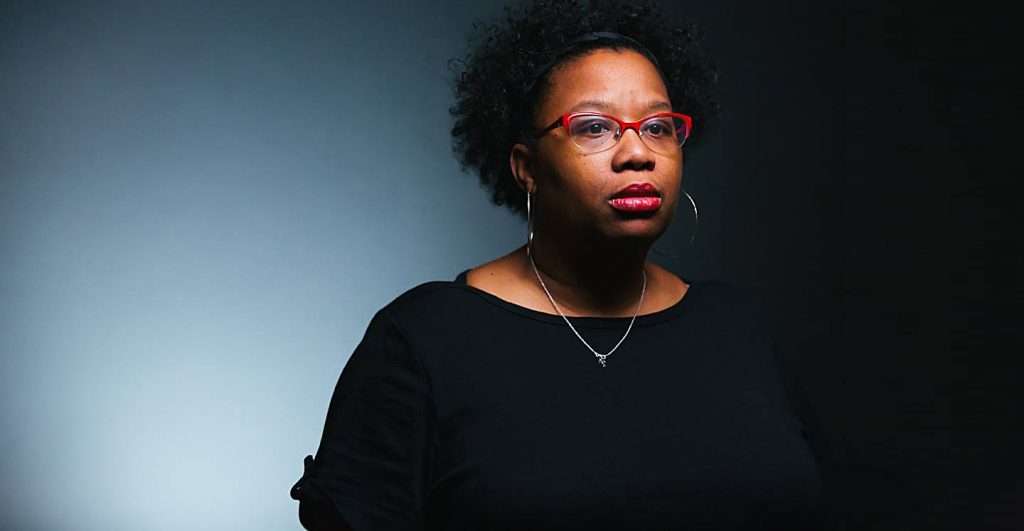
This story is presented as part of a series of true narratives collected for TMI Project’s Black Stories Matter initiative.
Out of 232 four year public schools studied over 10 years, 53 percent saw gaps between black and white students either stay the same or increase, resulting in a growing gap between the numbers of black and white students who graduate. Moreover, nearly one-third of the colleges and universities that improved graduation rates overall actually saw graduation rates for black students remain flat or decline.
In the of fall 1994 I took the E train from a rundown basement apartment in Jamaica, Queens to attend my first day at New York University. At 19, I graduated from SUNY Delhi with an associates degree, a 3.8 average and multiple scholarships.
Since I grew up in the projects in Brooklyn, SUNY Delhi legitimately felt like it was in the middle of nowhere BUT the student body was 15% black and primarily from inner cities. The entire student body hovered somewhere around 3,000. Black students found each other easily and formed a community that frankly felt identical to the one I’d left. We even mostly all lived in a dorm affectionately nicknamed “the projects.” So, yeah, there were some issues even within a culturally diverse student body. But ironically, 170 miles from home, in what often felt like a town where people were outnumbered by cows I experienced almost NO culture shock. A life spent in NYC’s public education system had prepared me for an environment where the faculty and staff were 99% white. I joined the black student union. We went to “black” events on other campuses. We sat together in the dining hall.
Going to college and living on campus at Delhi for two years was great, but I wanted to come home to the city I was determined to conquer. SO, when I was accepted as a transfer student to NYU, I was excited, even though that meant living at home again. Or so I thought.
That summer I arrived back home, my single mother and I were evicted from our one bedroom apartment in the projects. My mother sat me down in our living room and announced that she and her boyfriend had tried to find a two bedroom apartment so I could continue living with her, but they couldn’t. So together, they were moving into a one bedroom apartment in Far Rockaway, Queens (emphasis on the word FAR). Here were my options: Sleep on the couch and commute two hours a day each way into the city for classes or figure something else out. I became an adult that day.
The summer that I should have been preparing for two years of rigor at one of the best colleges in the country, I was scrambling to figure out where I was going to live. I remember walking into my first political science class, under an inordinate amount of stress, unusual for an NYU college student. When I arrived, I stood frozen in the doorway looking at a sea of 125 white faces. The average class size at Delhi was 30.
NYU tried to support me via the HEOP program but it was almost like trying to connect through a distortion field. Everyone was white. Everything outside of the HEOP office was structurally set up to support a specific kind of student that came from a specific background – white, middle to upper class, steeped in “American” culture (i.e. white). All of my professors were white, all of the administrators, counselors, etc. and I had not fully honed my code switching skills yet.
Occasionally, I still presented as, “standing at the bus stop sucking on a lollipop”. “Don’t get it twisted, imma blow this midterm up”, in response to my professor’s concern that I might be juggling too much. He looked at me like I had two heads.
NYU’s black student population was 4%. Four percent of 50,000 students. I knew there were other black people… somewhere. But I had NO idea where to find them. Nothing in the NYU culture was for me. What the hell was a “Spring Break”? For my peers, a ruckus trip to party in Cancun. For me, an opportunity to work overtime. Networking? Not much of that to be done at my job at Burlington Coat Factory.
I felt too ashamed to explain what I was going through to what felt like a composite of well meaning but completely foreign white people. In my family, you didn’t “spread your business” with people you didn’t trust. And for the most part, you didn’t trust white people.
It would have been easy to blame my mother entirely for putting me in this situation but the reality is that our lives and the lives of all people of color are shaped by the class and race construct by which we live.
A few years before I started college, my mom, tired of being passed over for promotions for a decade in favor or white people with less experience, sued Brookdale hospital for discrimination. It was settled out of court when it became clear that she would win, but the settlement was barely sufficient and my mom had to agree to leave her job in order to accept it. What if my mother had been given those promotions and we’d moved up from working poor to middle class? Maybe she would have made different choices. Maybe she would have bought a house. Maybe I would have started college with a place to live.
Two years became 2.5 years. Then three. Then 3.5. I dropped out then re-registered. Then dropped out and re-registered again. I had to transfer to the continuing education division to work full-time so I could escape the basement apartment in Queens where unbeknownst to me, people were breaking into my apartment and stealing my belongings.
Most importantly, I had a pervasive feeling that I just didn’t belong. Graduation seemed more like some amorphous and unrealistic brass ring. I felt like the other students were in on something that I just couldn’t and would never understand and I was growing depressed.
As a community, we cannot ignore the impact that race has on the probability of success in higher education or the fact that our higher education system, along with all of our bedrock systems, set up a biased foundation. Our stories are unique and our struggle is real.
We need to start talking about how to create cultural environments that allows students of color to thrive. And in order to do that, we have to hear the stories of the lives that are impacted to foster understanding across the chasm.
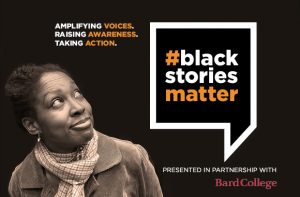 To that end, TMI Project is bringing Black Stories Matter to Bard College! On April 4th, we present inspiring true stories and monologues about Black people surviving and thriving in the Hudson Valley– both for the school community and for the general public.
To that end, TMI Project is bringing Black Stories Matter to Bard College! On April 4th, we present inspiring true stories and monologues about Black people surviving and thriving in the Hudson Valley– both for the school community and for the general public.
Performances will be followed by a panel discussion, which will allow the audience to tackle hard questions around race, identity and community. Black Stories Matter @ Bard College is open to the public ($20), and all local college students are encouraged to attend for FREE.
Why couldn’t I be black and be the true me?
Callie (she/her)
Thinking back over her own difficult journey with their racial identity, Callie ponders the question, “How can I help my daughter feel proud of her own blackness?’
#blacklivesmatter #blackstoriesmatter #defendblacklives
I hated black people for a while. I felt they judged me for being me. And I was trying so hard to figure out who I was. Did I need hoop earrings and air force ones to be black? Did I have to to do my hair and nails? Why couldn’t I be black and be the true me?
My 9-year-old daughter recently said to me, “I wish I could be a beautiful black woman, Mommy.” She’s very fair, and I often feel guilty at how relieved I am that she can, “pass.” I want her to be a proud black woman, but I also don’t want her to suffer through what I went through as a black girl, and woman, not fitting in.
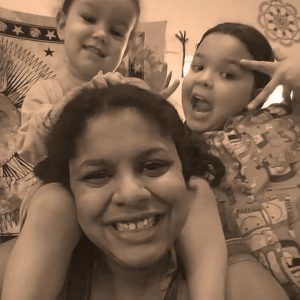
I moved to Wilton, CT, an all white town, when I was 8. On my first day of fourth grade, a boy on the bus called me a nigger. I didn’t know what that was, but I knew it was bad. I told my principal, and he was appalled. His response – have me teach the school about Kwanzaa. He wanted me to explain different holidays from “my culture” to a school full of white people. I didn’t even celebrate Kwanzaa.
What was it like being the only black kid? Well, for starters, every day people told me I wasn’t really black. As far as they were concerned, black people were “gangsta” or spoke in ebonics, listened to rap music and wore hoop earrings. My whole life, everyone I knew, convinced me that I wasn’t one of those “homegirls”. They mocked ethnic names, and talked about the “hood”. As far as I was concerned, I wasn’t black either. My mother only had white friends. I only had white friends.
People thought I wasn’t black because I wasn’t that hoop-wearing homegirl. I began to believe that, too. I wasn’t black. I wasn’t white. What was I? I tried so hard to be “white.” I began to hate BET. I wore bell-bottoms and tie-dyes, listened to The Grateful Dead and The Beatles, while still being followed in stores.
When The ABC Kids, nine black boys from inner-cities, came to my high school, suddenly, everyone assumed they would be my best friends. But, they mocked me. The same things that made the white people accept me, separated me from the black people I finally had an opportunity to interact with. The black boys hated me because I was a poser. I wasn’t black. I wasn’t white. But, who was I?
I hated black people for a while. I felt they judged me for being me. And I was trying so hard to figure out who I was. Did I need hoop earrings and air force ones to be black? Did I have to to do my hair and nails? Why couldn’t I be black and be the true me?
Now, many years later, I’m an activist and an organizer for social justice. As a leader, my job is to call people in and help them understand institutionalized or systemic racism. I can do that. I can use my voice and position of power to explain to white people how offensive or hurtful they are. I can explain that their privilege is more than not being called a nigger. It’s feeling safe when going to doctors who aren’t racist toward them. It’s knowing teachers aren’t racist towards their children. I can explain hard things, lead marches, scream into a megaphone, train young leaders and work to create change. And while it’s a challenge, I’m capable of doing these things.
What I don’t know how to do is make my daughter proud of her blackness. How do I make her proud while simultaneously trying to protect her from being pulled over in parking lots and followed in stores? I’m not sure. I guess I still don’t know what being black means, so how do I teach my daughters?
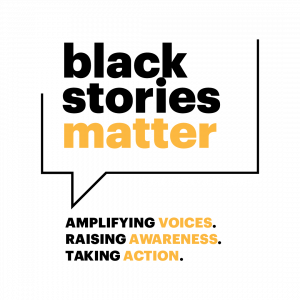
Want More Black Stories Matter Content?
Stories have the power to increase visibility, raise awareness, change people’s hearts and minds, and inspire people to take meaningful action. We are making every effort to ensure all of our Black Stories Matter content is easily accessible, widely consumed, and is accompanied by tools to deepen the impact.
Listen: The TMI Project Story Hour, Season Two: Black Stories Matter, launches this fall. Learn more and subscribe to our podcast HERE
Host: a Black Stories Matter viewing party and discussion from anywhere in the world. Click HERE to learn more and sign up.
Share: TMI Project’s mission with Black Stories Matter is to elevate the underrepresented stories of the Black experience in America – the full spectrum – the triumphs, humor, beauty, and resilience. Click HERE to submit your story to be featured on the TMI Project blog.
Jordan
My Blackness has come to mean my power. I walk into a room, and everybody notices my beautiful melanin-rich skin. The white folks try to impress me with their knowledge of shoes or basketball, both topics I know nothing about, but regardless they seek my approval. They are astounded by how my hair defies gravity and resembles the texture of the bushes and trees that make up our extended family, my skin the tree bark. Mother Earth is a Black Woman. The sun kissed me when I was born, and I am reminded every day it will never hurt me. My culture is magnetic. It’s irresistible. It brings out the true expression within all of us. My Blackness is stylish. It corresponds with all the latest trends and fads of the time. I woke up like this. My Blackness is resilient. My Black don’t crack. Like fine wine I look better with age, the fierceness of my glow grows stronger with every decade, as my people’s impact on the world gets stronger every century. My Blackness is Love. Just like when the passion bubbles up inside and comes bursting out, I cannot hide my Blackness. Some embrace it, others run away from it, not because it is inherently good or bad, but because it is powerful. My Blackness is nurturing. My Blackness is real. My Blackness tells a truth that some cannot handle. My Blackness is beautiful and never ceases to amaze me.
